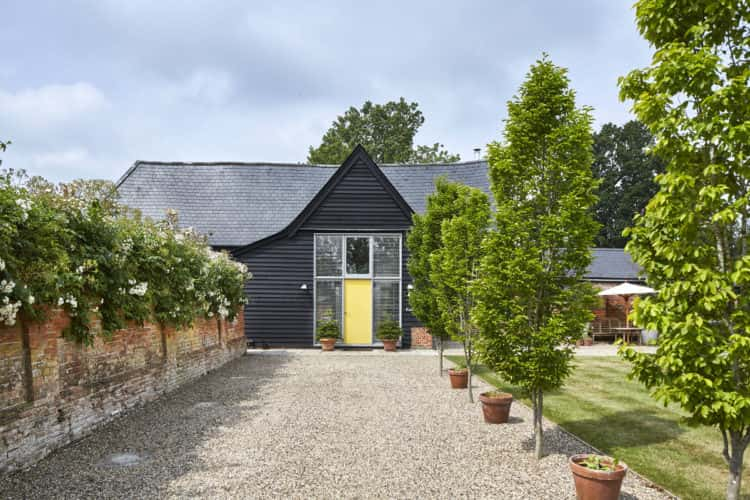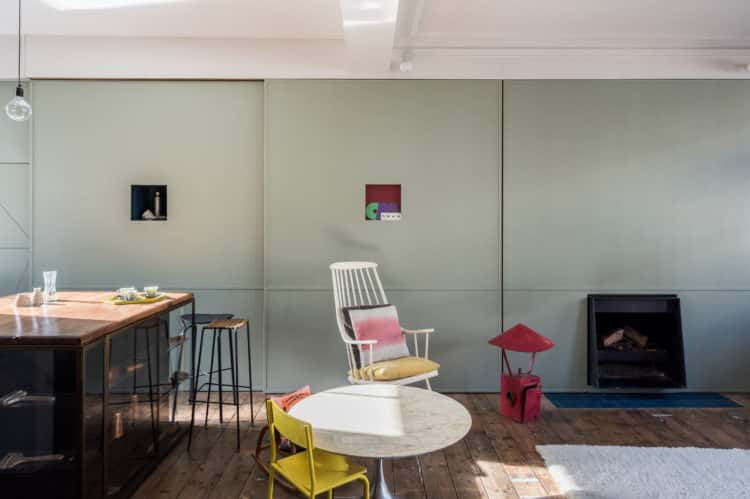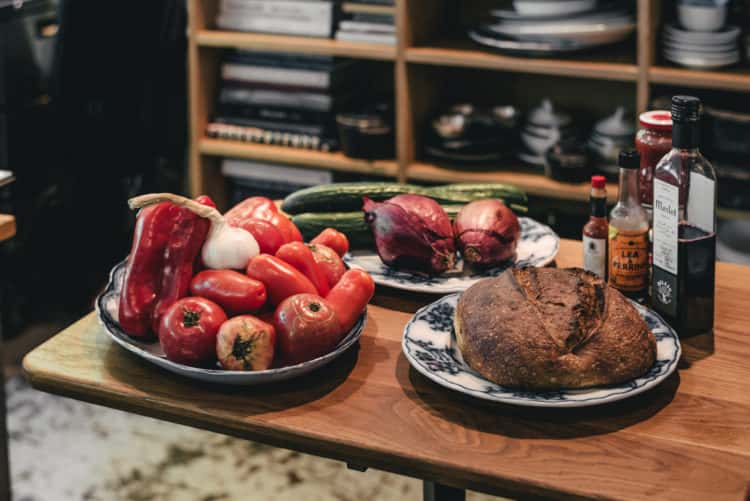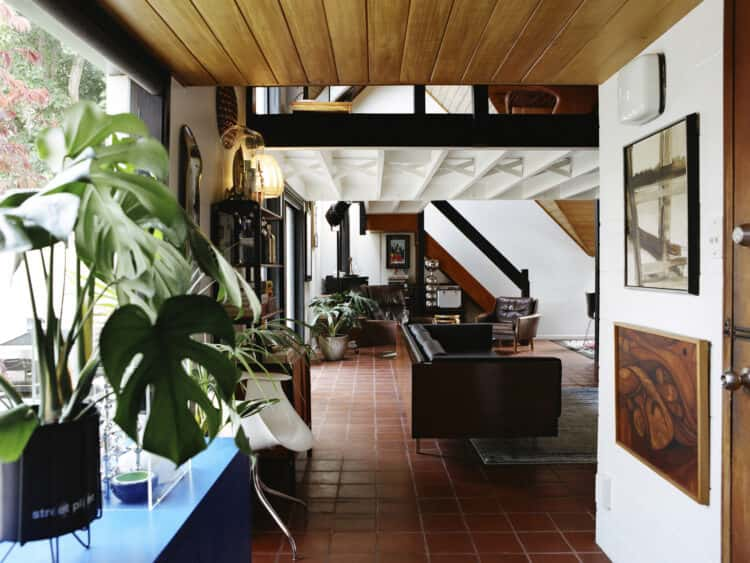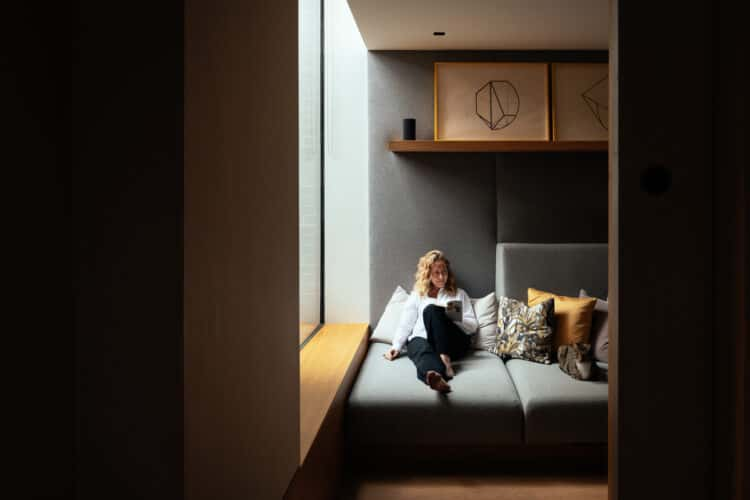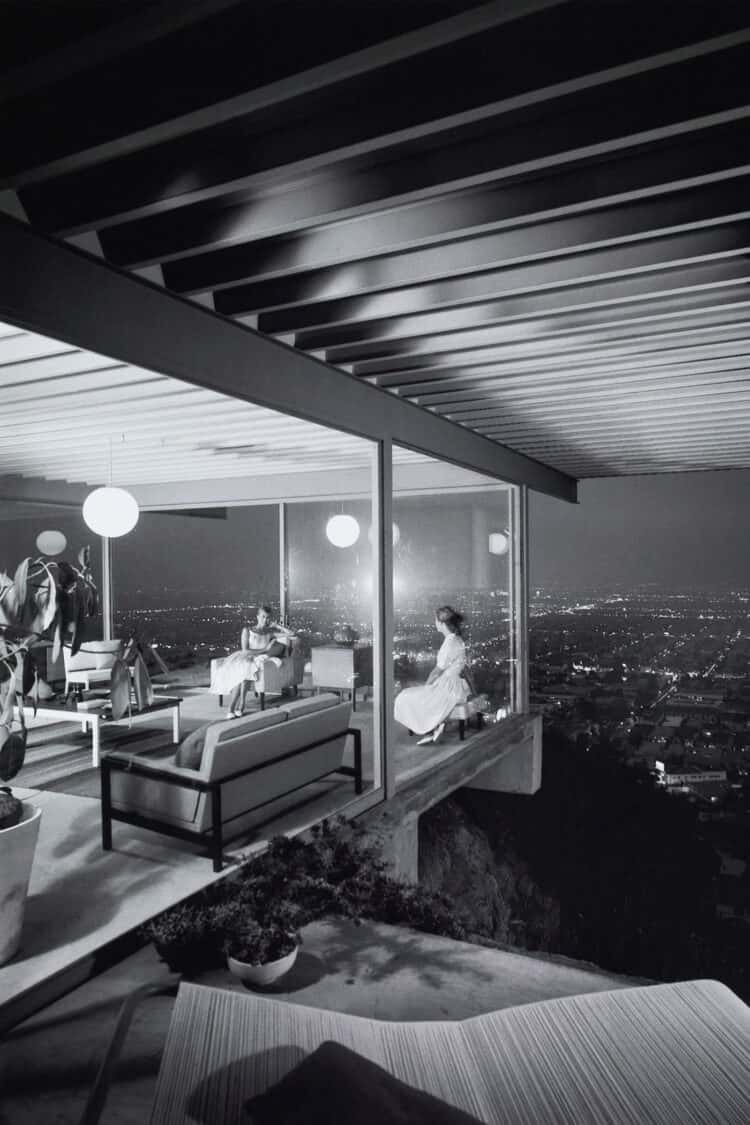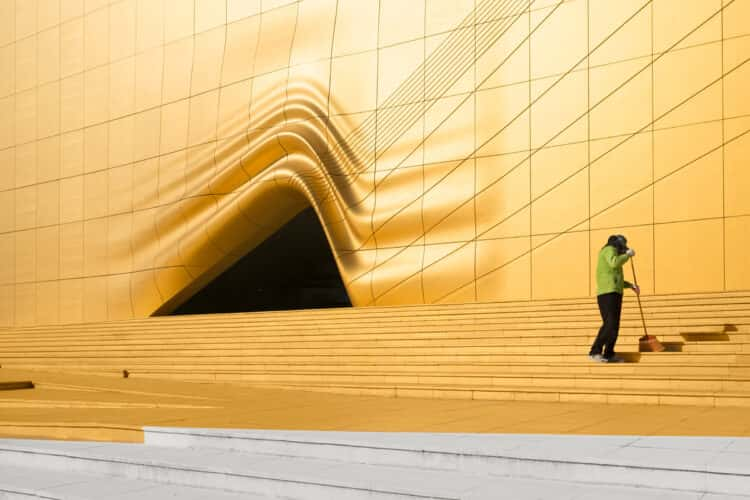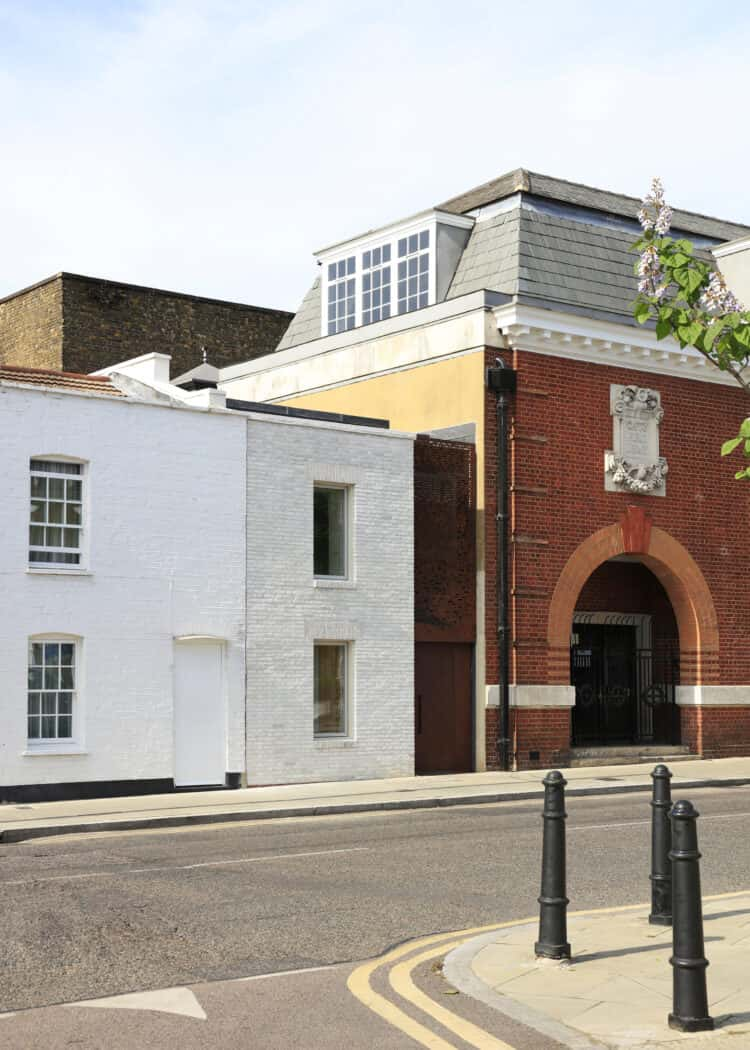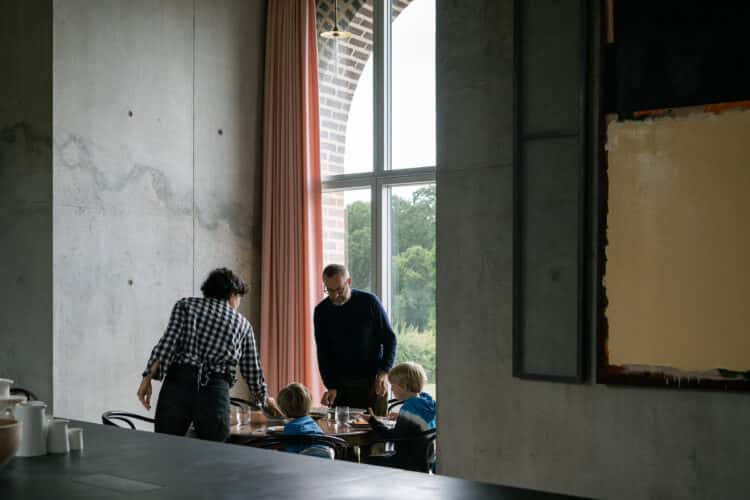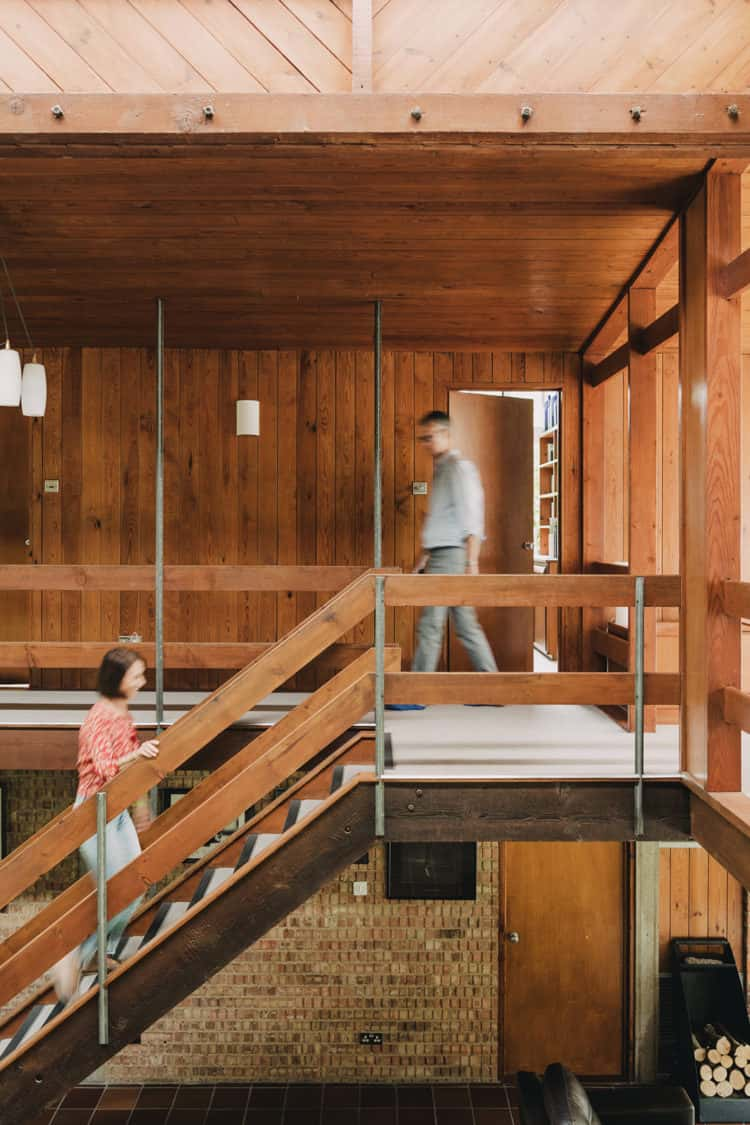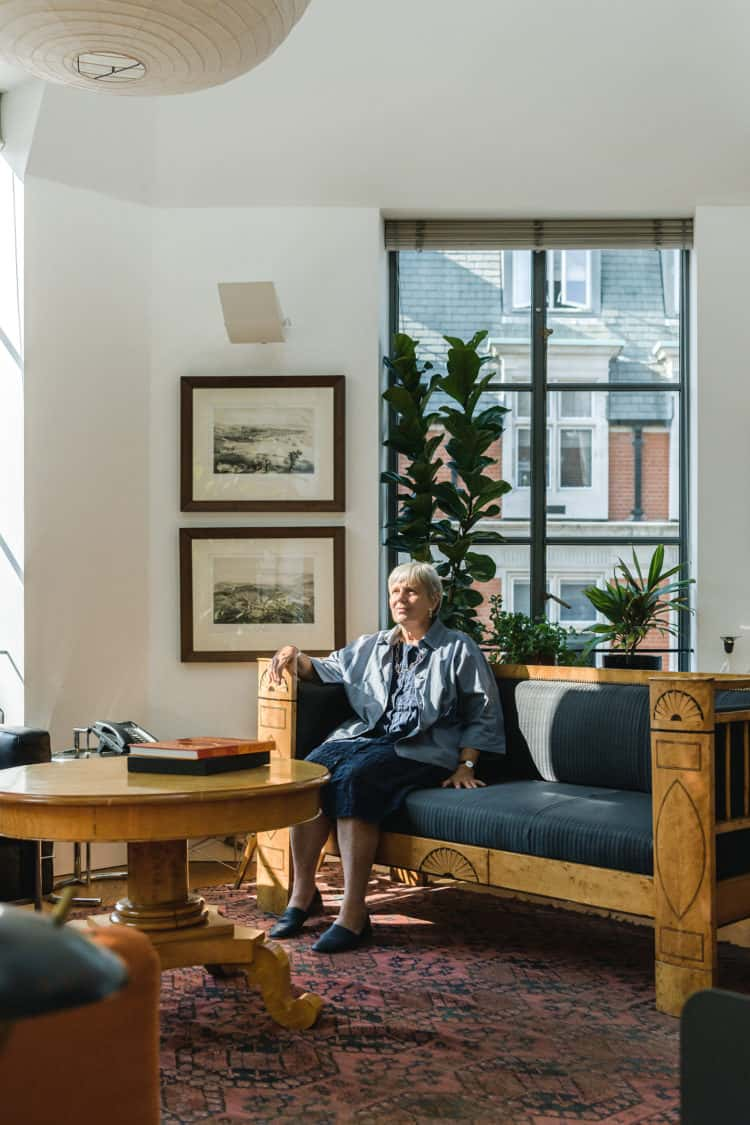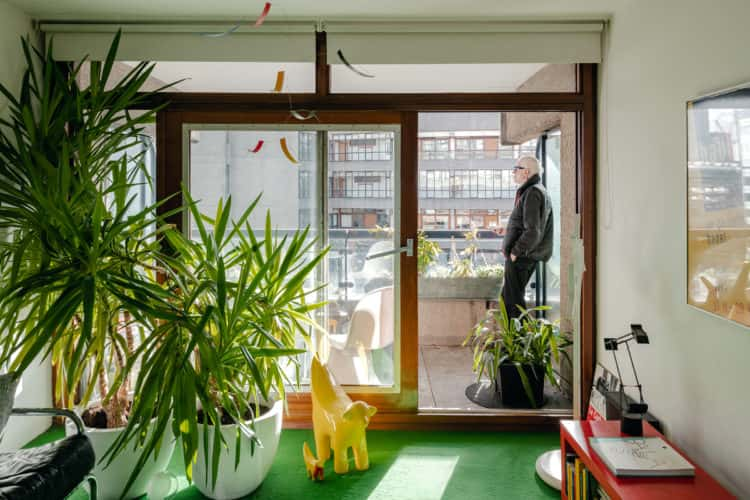Open House: designer David Pocknell on his converted barn in Essex, the culmination of a lifetime’s work
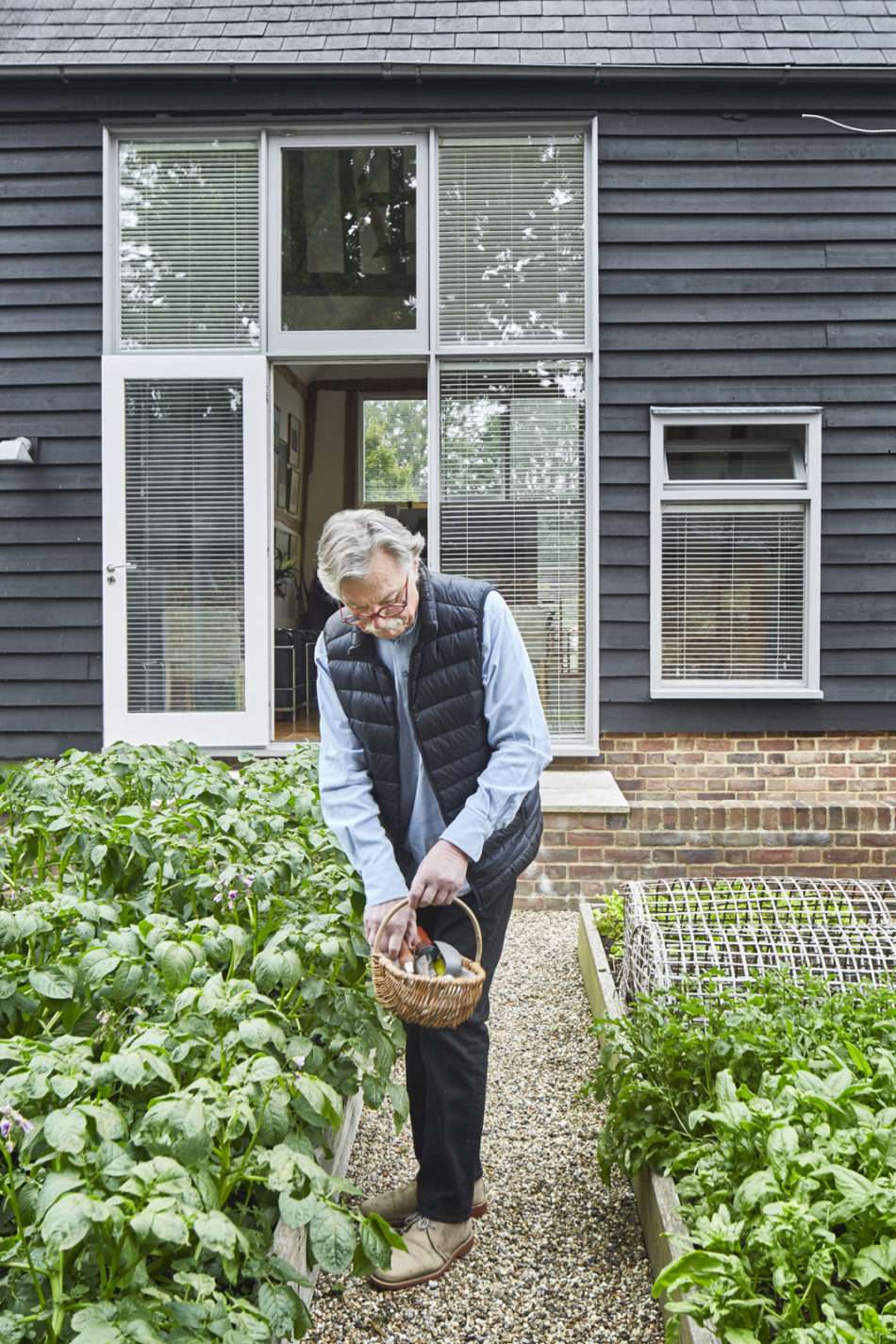
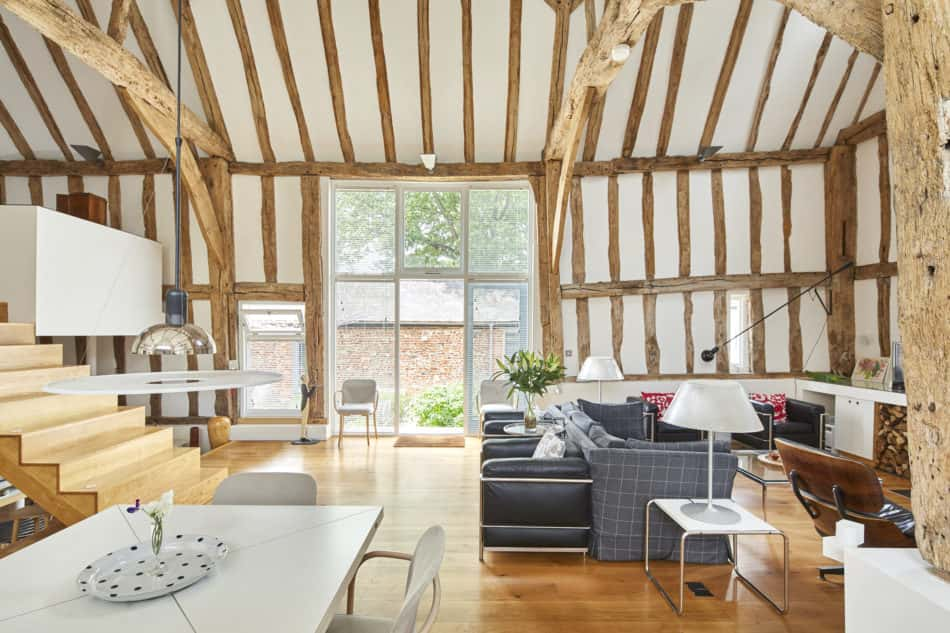
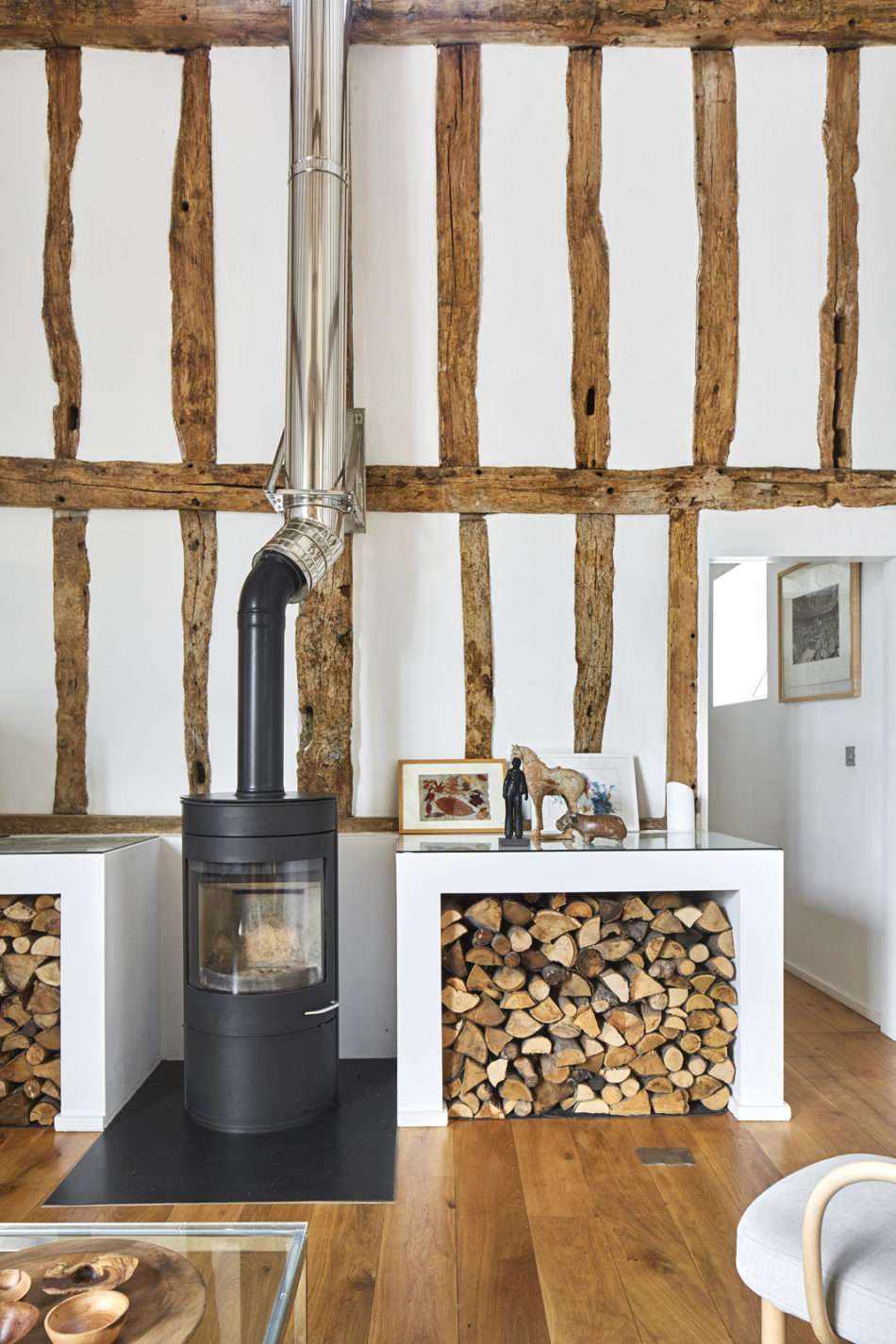
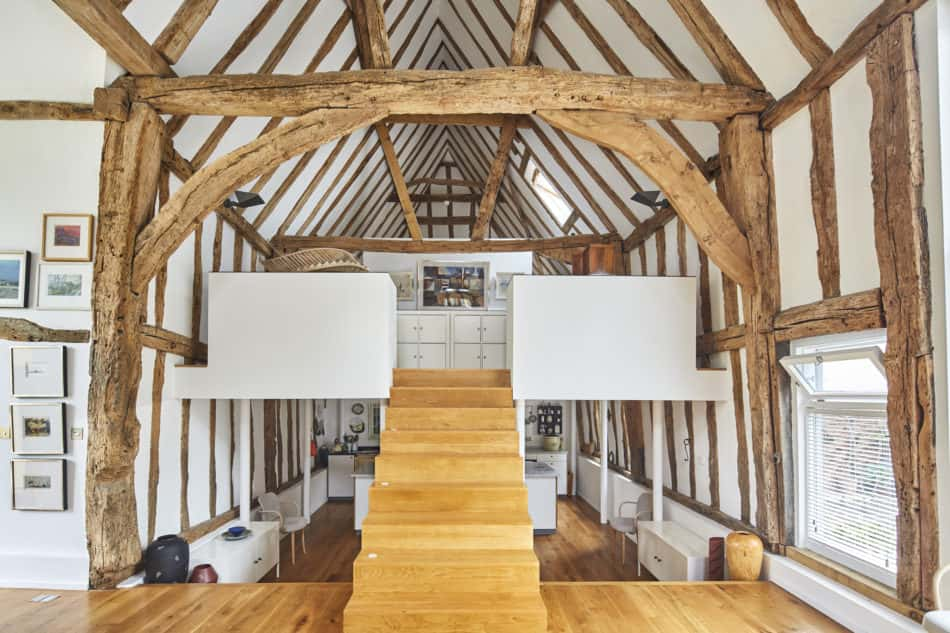
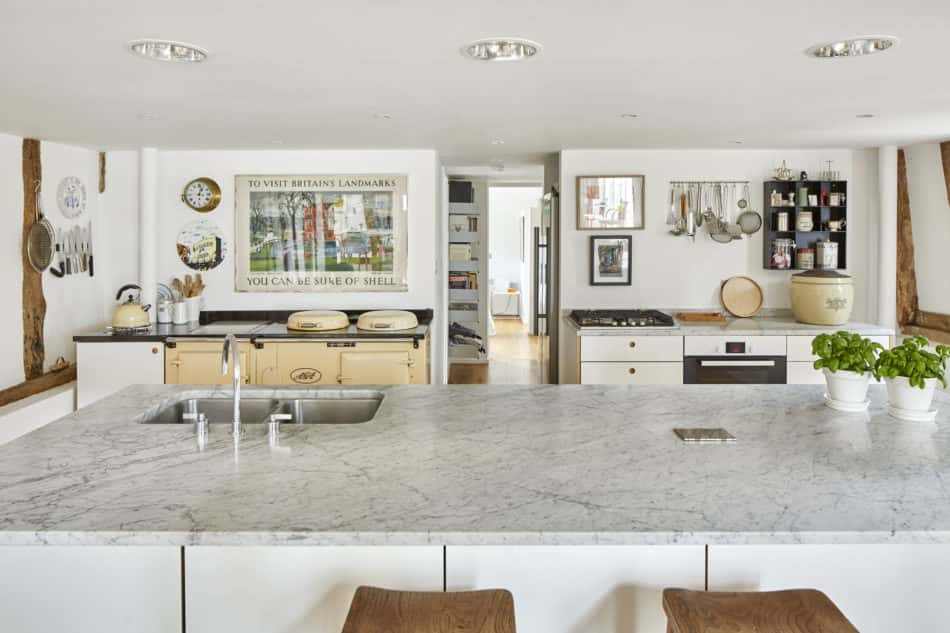
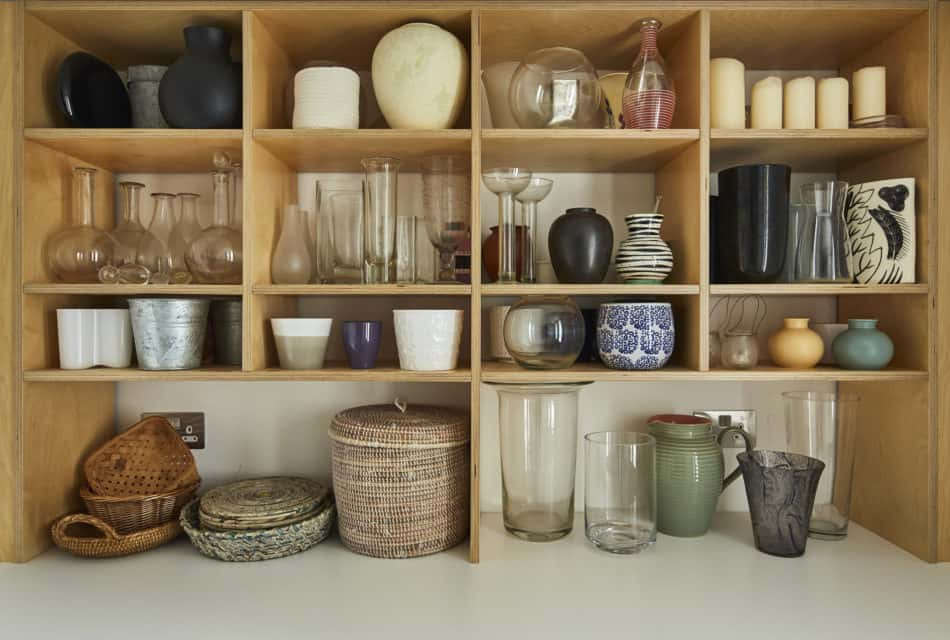
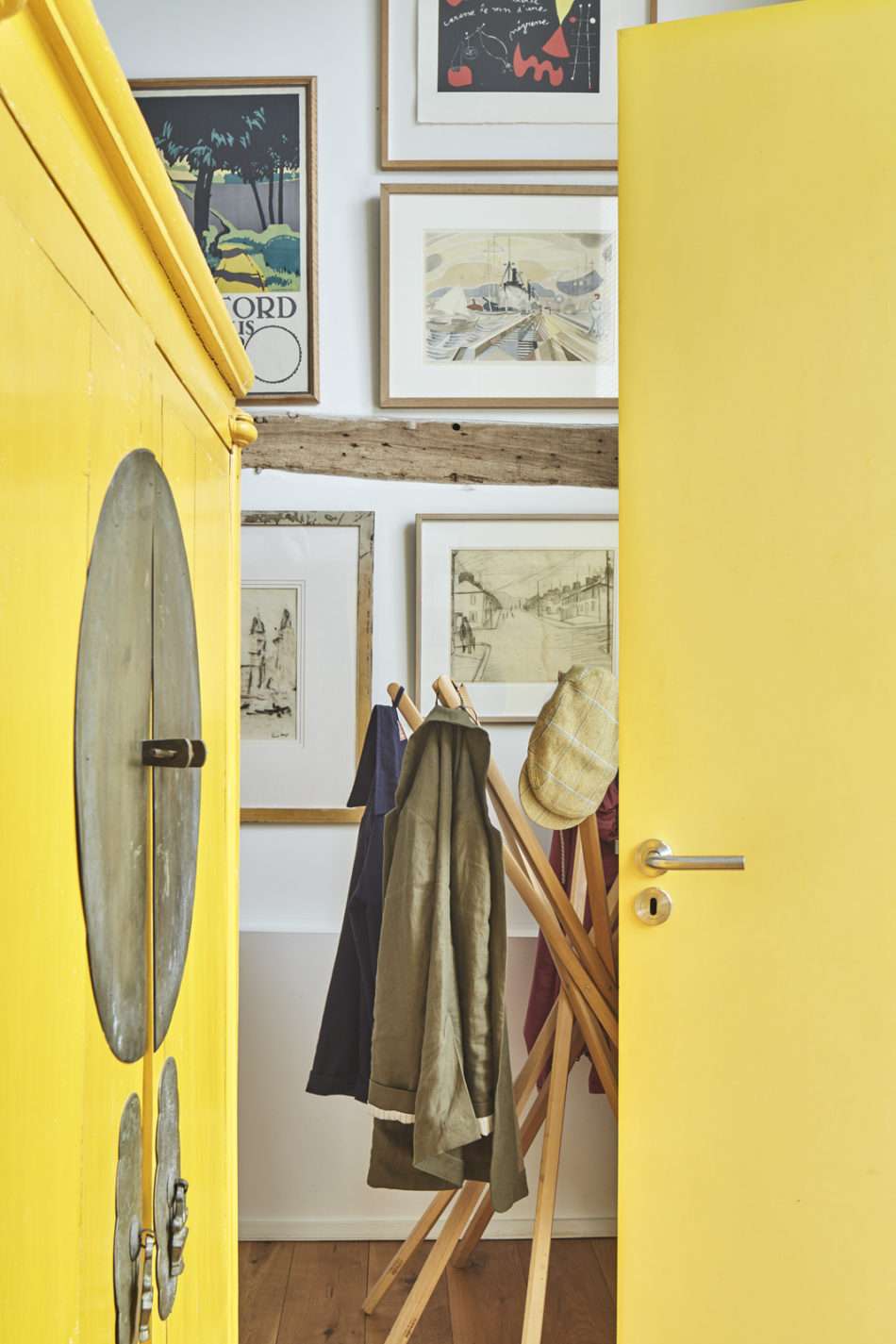
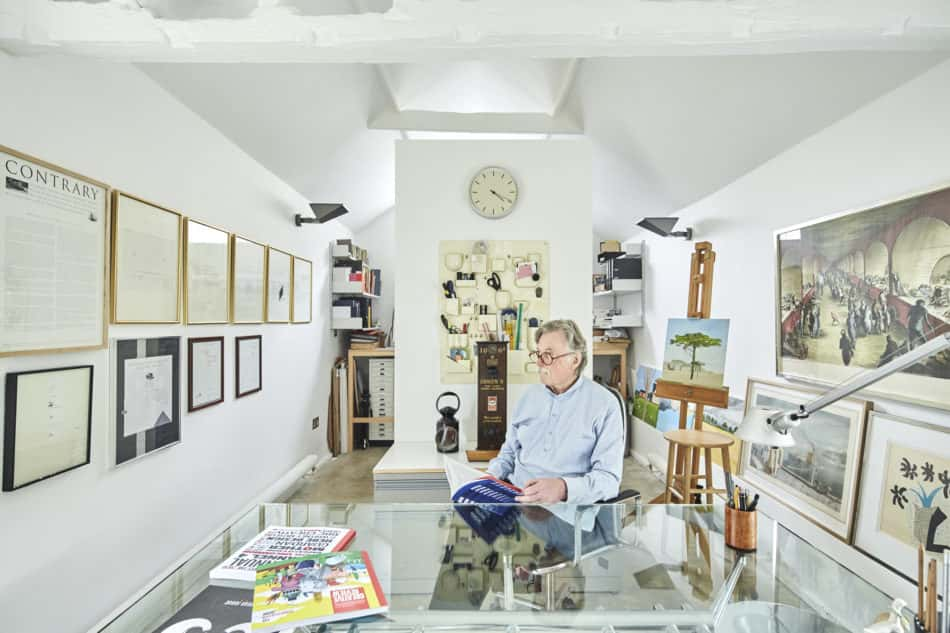
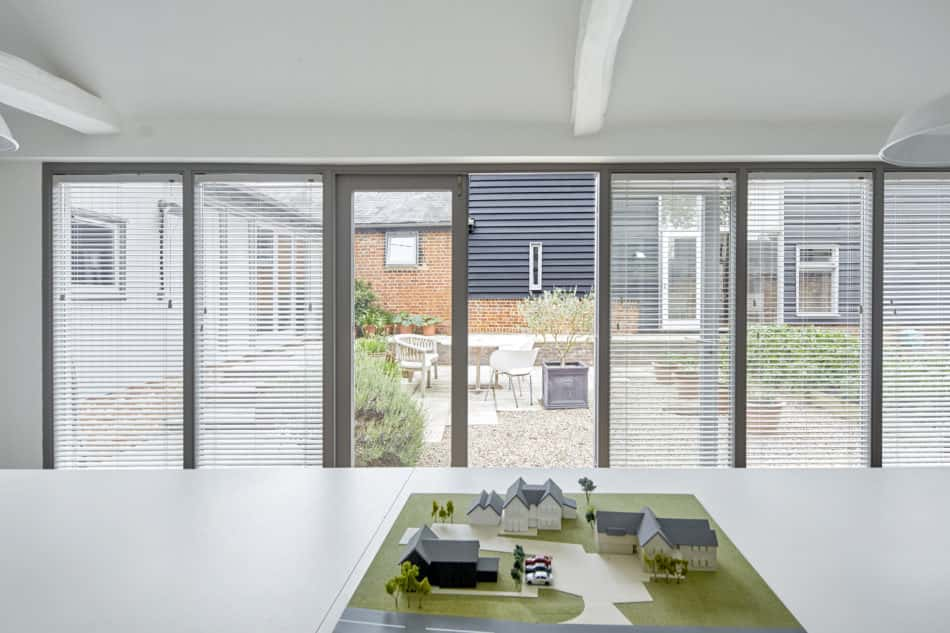
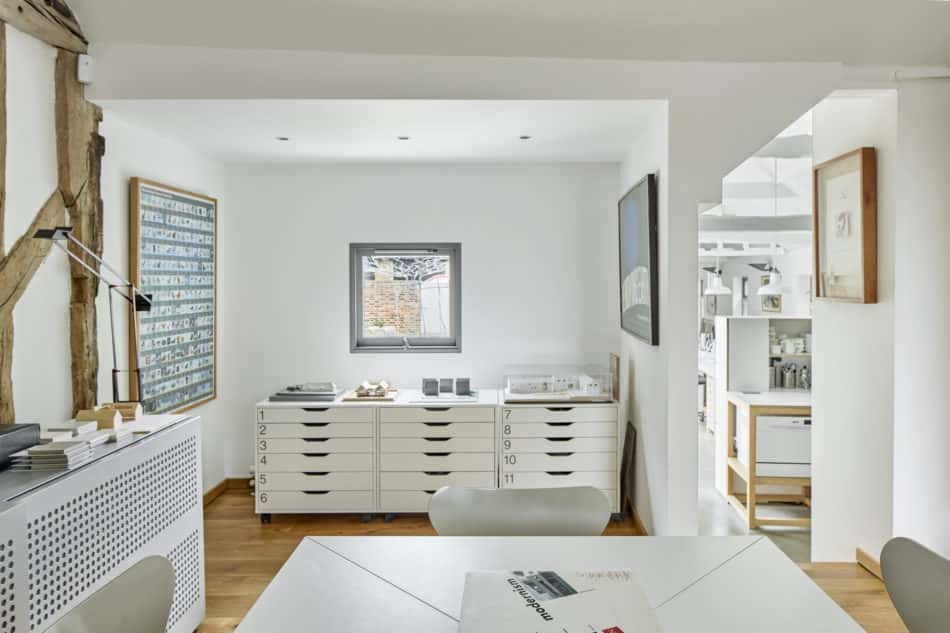
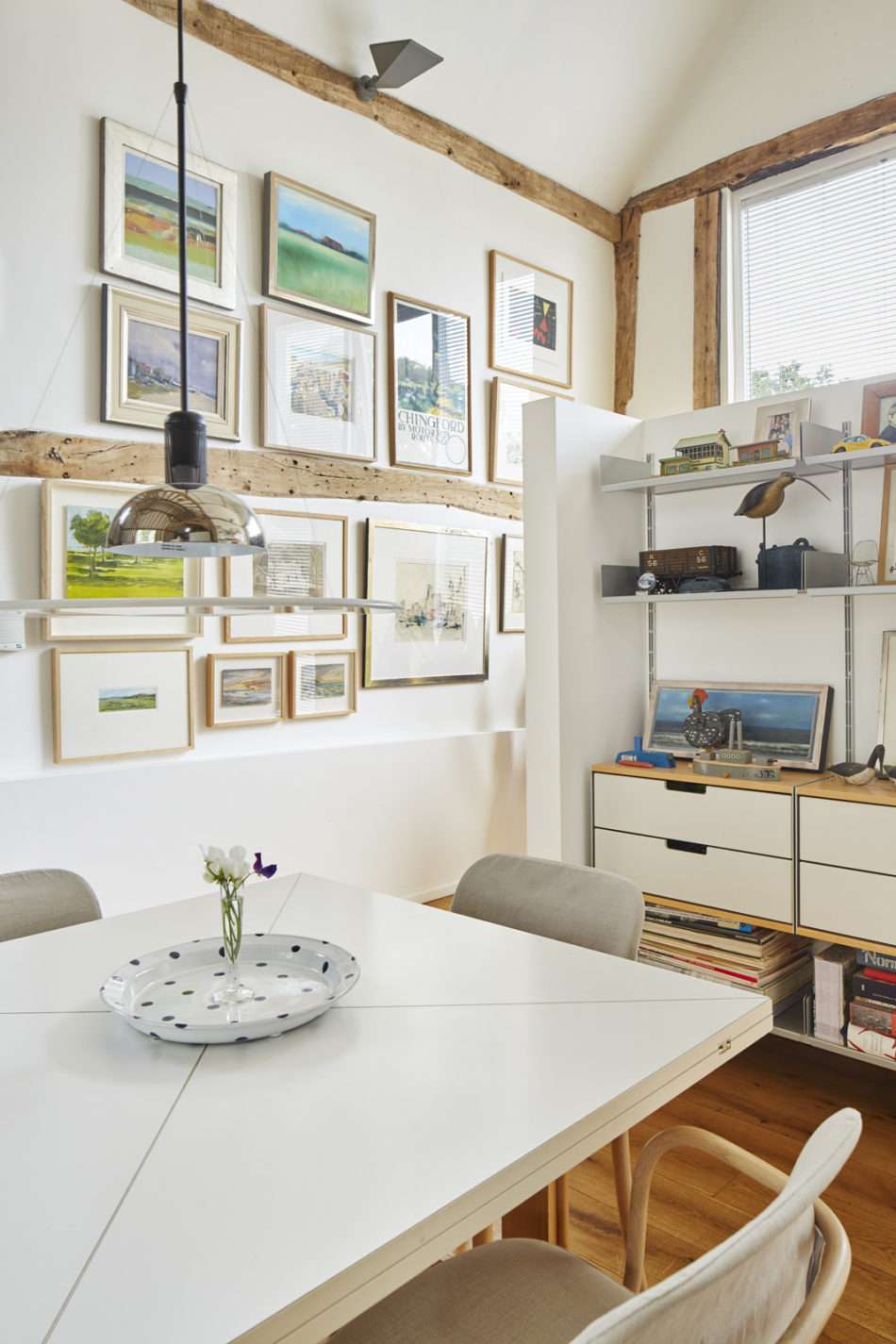
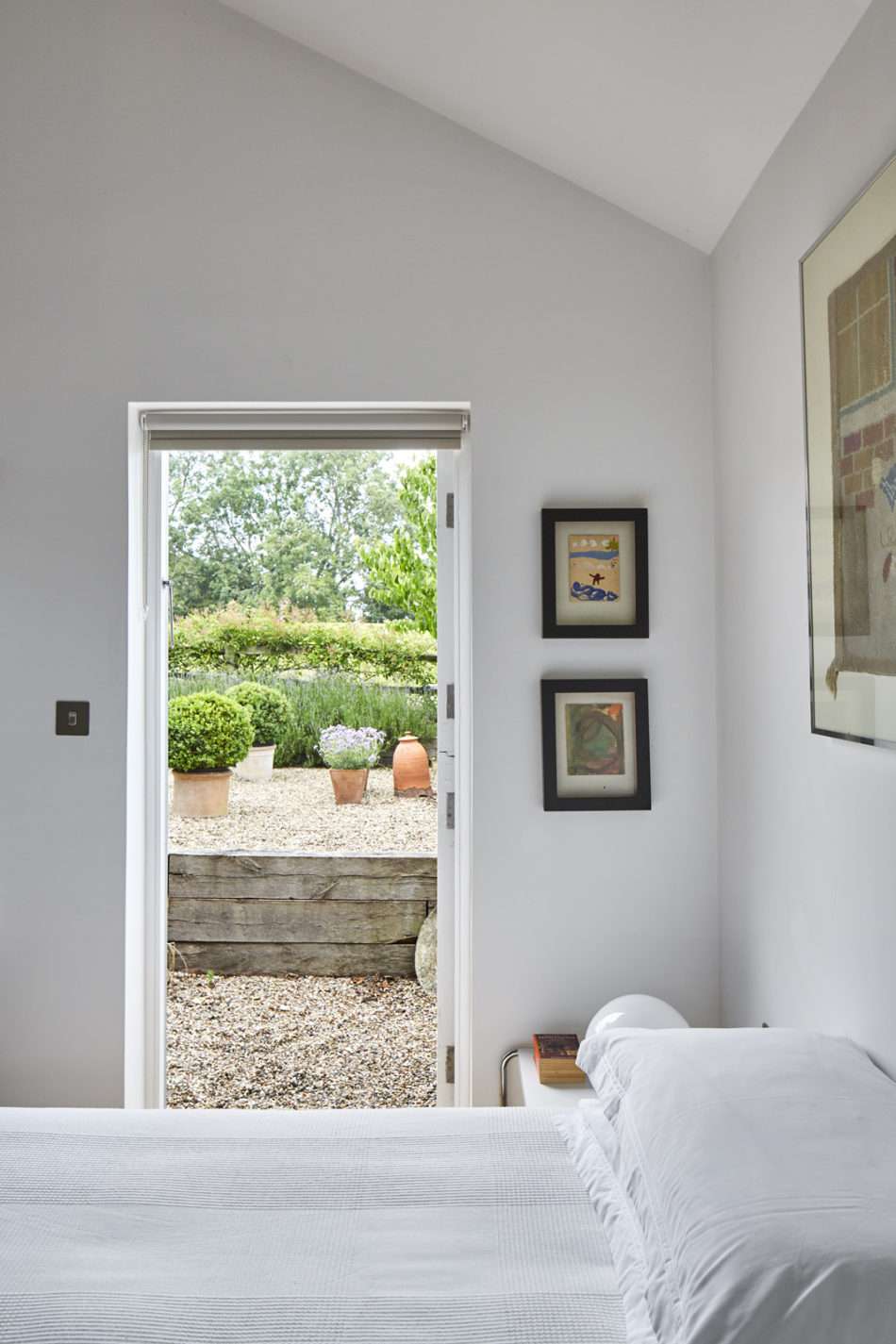
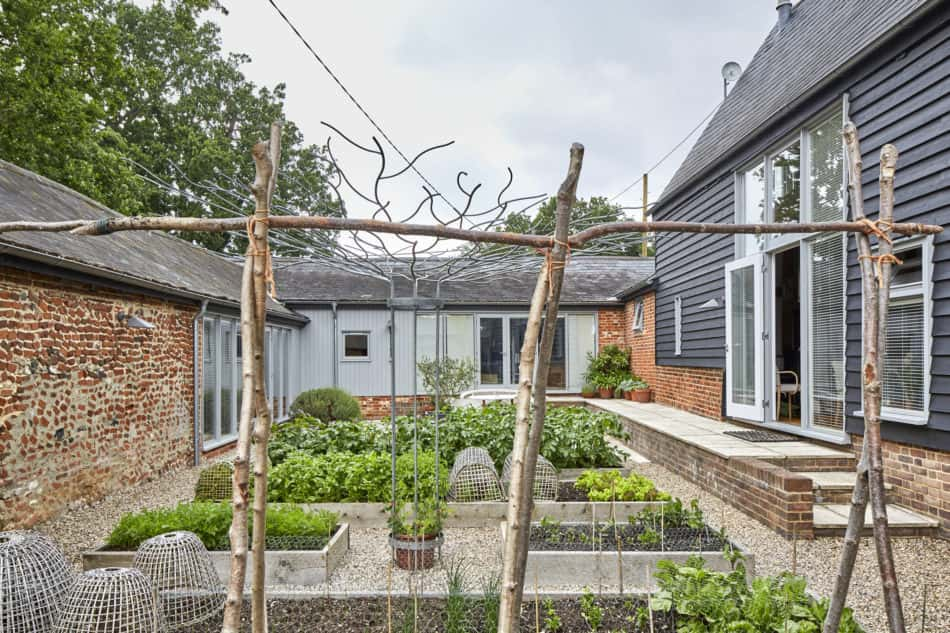
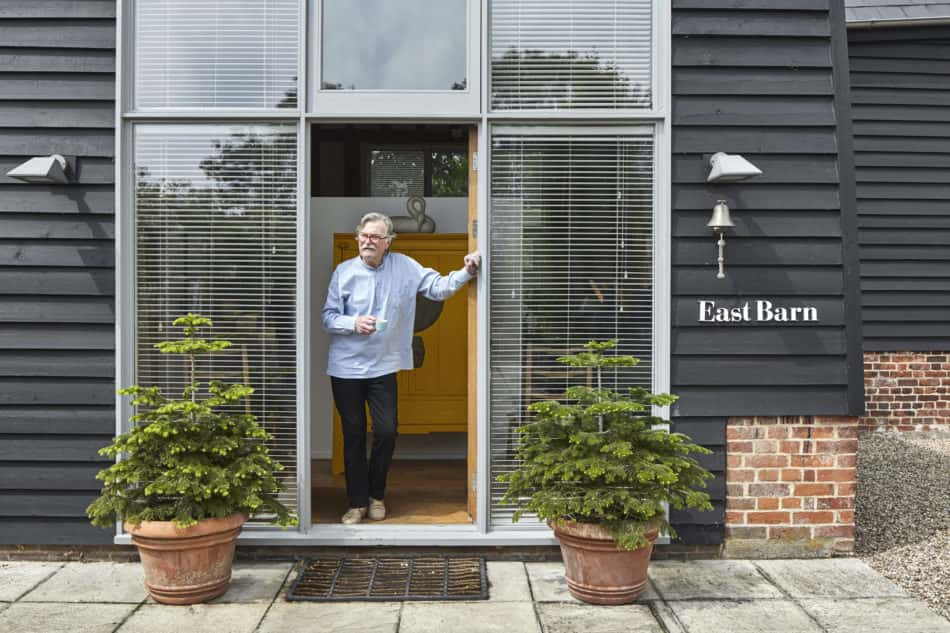
Designer David Pocknell’s decades-long career has seen him and his studio transform agricultural and industrial buildings into contemporary spaces favourable to modern living. Now, as his and his wife, Sally’s, converted barn and studio in Essex comes onto the market, Pocknell reflects on what makes these spaces such a joy to live in and why, on this one, he really cracked the formula. Check out the sales listing here.
David Pocknell: “I was young, impressionable and full of ideas about country life! I’d worked in design groups and my office was in Covent Garden during the Swinging Sixties, but I was quite keen not to be in London all of the time only talking to designers, because that’s what I thought might’ve been a bit predictable. I think I was right on the whole except most of my friends are designers now…
“That was 44 years
ago. I bought a pretty, derelict farmhouse and did a little work to it, and
then we were able to buy part of the barns next door, a nice flint building
that had one of its walls descended partly into a pond, but was always very
dry. We could never understand why, because it should’ve been damp!
“I left London because I like the country best. I love London, and all that it offers, and all that it did offer. But I like the country better. And I believed that I could run my freelance practice from the country, and so it proved true because, eventually, the practice turned into 20 people, working on some big barns, and barns as studios, and so on and so forth.
“In 2007 I bought a barn in a different village, which I thought perhaps we might have lived in forever, but it was far too big. It won all sorts of accolades, and it was published in various books and magazines. It was built in 1350 or something like that, Grade II-listed and super – very pretty.
“When that building
got to be too big for us, we decided to downsize, and I bought this barn, which
I’d known the whole time that we lived in this area, but I hadn’t even
considered it being somewhere to live. But this one offered more intimacy and a
controlled courtyard, which we like.
“It wasn’t derelict
but was on the way. The timber frame was in quite good order. The outbuildings,
which are now an integral part of my studio, were ok. And what we did was to
put glass in the openings of those buildings. We kept as much original
brickwork as we possibly could. So, to all intents and purposes, it’s just an
original barn with punctuations for glass here and there.
“Without patting myself on the back too much, I think we got this one right, and properly fit for purpose. But I think we’ve done that by intuition, if you like, with all of the ones that we’ve lived in. We’ve gone on to do many barns, which are now fantastic showcases. So if we’re getting a new barn job, clients come to my house and say, “Oh, that’s nice.”
“Barns are great
for modern life. The spaces are very open and easy to move around. The frames,
like the one here, are lovely to look at, and we often just lie in bed looking
up at it. It’s seven meters from floor to the ridge, and our bedroom is in a
mezzanine in the middle of all of that.
“This barn is completely modern inside, completely insulated, and it has underfloor heating, and so on, but it has the odd crack and cranny which allows circulation of air. It’s never cold and we’ve got a log burner here.
“The nice thing is that, in this building, you can move the furniture around and make new layouts. We don’t do it very much because I plotted where the furniture was going to be when we designed it originally. And in this instance, the house has a long studio, but it would make a fantastic playroom or a gym.
“I suppose what I
like about living in them is that they’re not prescriptive in any way. I’m a
designer, so I’ve got Corbusier armchairs and Eames chairs, all those things
that we seem to have to have, but I’ve also got an AGA, which is wonderful.
“I guess I have quite a catholic kind of taste. At the entrance, there’s a big Chinese wedding chest and on the walls, lots of landscapes and seascapes by various people, which I love, and a big poster by Frank Mason. So the house is a collection of objects and things, which is no different to, most of my contemporaries who have been collecting things like that for years.
“And the sense of space is just wonderful. The structure is obvious and you can see from one end of the building to the other. I have young grandchildren who love it to pieces. They race around and even Pogo sticks seem to be allowed. That may be an indulgent grandfather thing, but, nevertheless, it’s good fun.
“We are inevitably downsizing. And also, we’re probably going to move west because of our children – very much grown-ups – one has gone to Somerset, and the other is likely to go that way. They’ve gone from all being around here to no one being around here, and so we thought we would probably go in that direction.
“I was born in Essex, and I lived on the edge of London for most of my life. I’ve lived now in the country since I was probably about 21, I should think. So that’s a habit. I think somewhere in the country is definitely where we’ll go, but maybe we’ll be on the edge of a village or something a bit closer to things. It’ll be a bit of a wrench because we’ve lived in this sort of size building in this part of the country pretty much all of our married life.”
